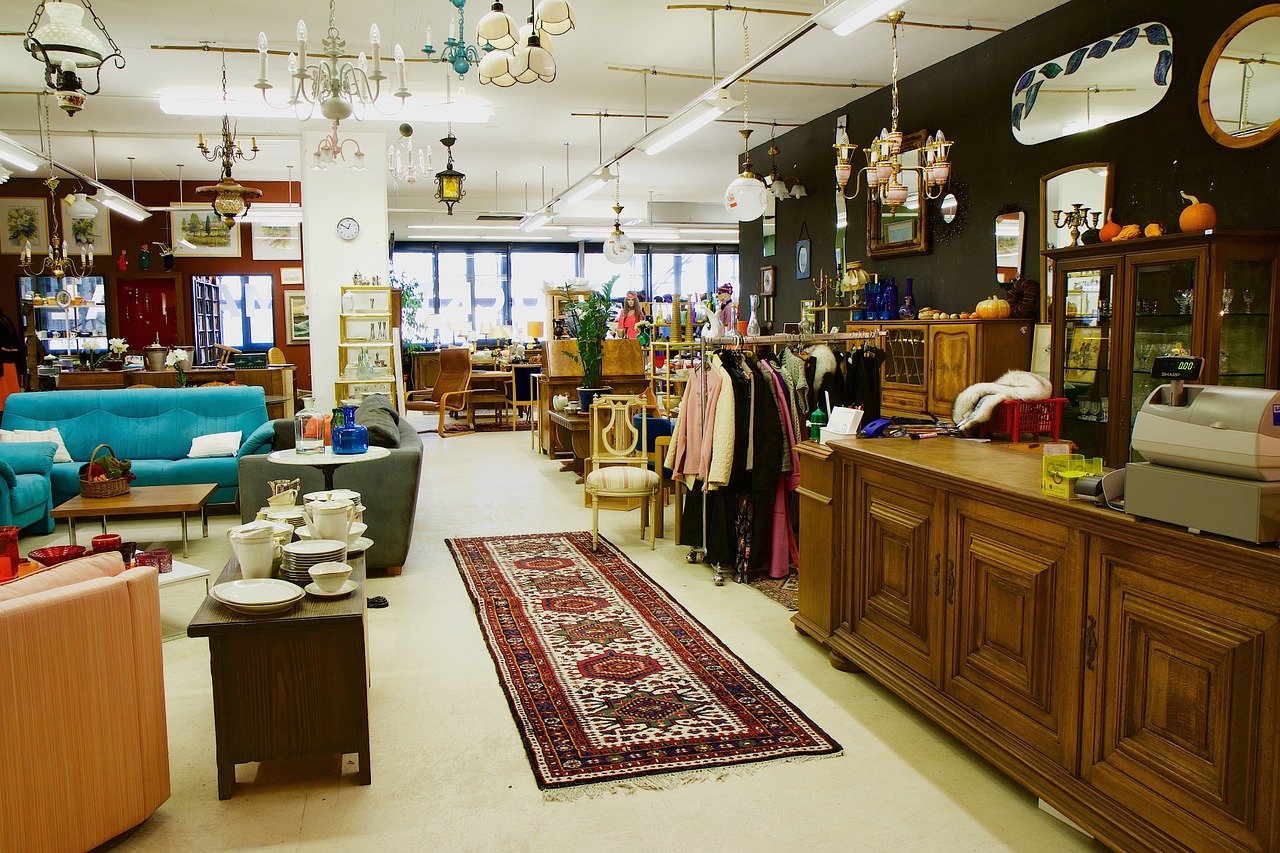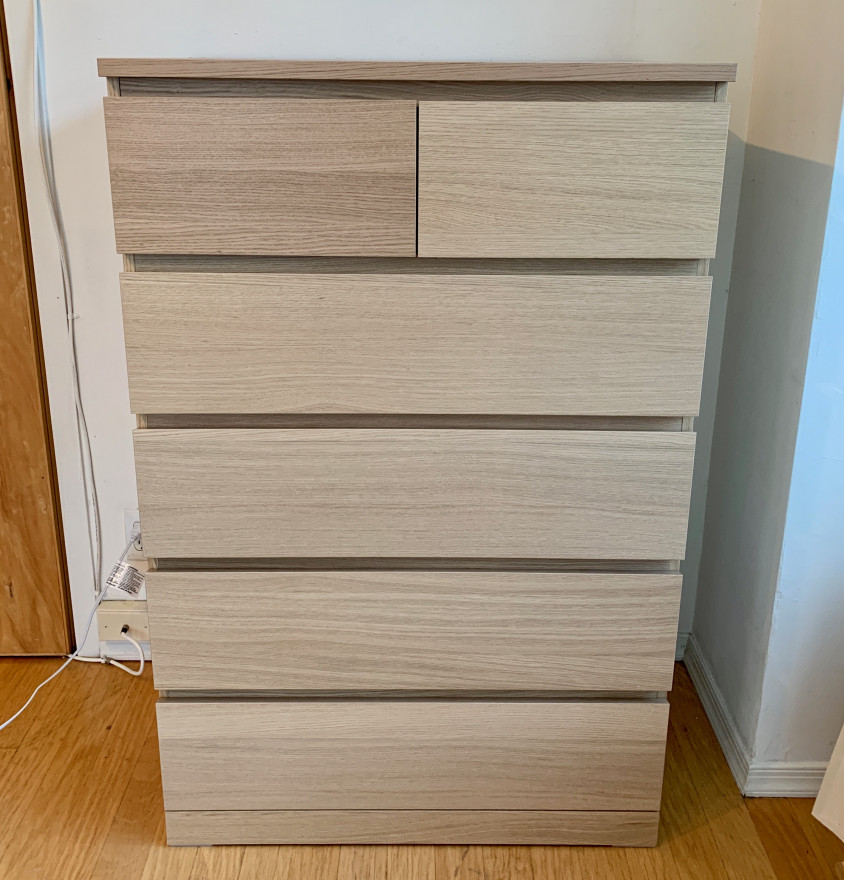
Shopping secondhand — in person or online — is good for both the economy and for the environment. (Pixabay)

Shopping secondhand — in person or online — is good for both the economy and for the environment. (Pixabay)
Retail is struggling more than ever. The industry – which already was down prior to the COVID-19 pandemic – has been economically devastated in the past six months. But despite this recent slump, secondhand shopping is booming, which is an unexpected win for sustainability.
Secondhand shopping is helping the economy
While the traditional retail sector is expected to shrink 15% over a two-year period, the secondhand shopping sector is set to drastically increase. By 2021, the online secondhand shopping sector is set to grow 69%, according to ThredUp’s 2020 Resale Report.
Despite its negative impact on the economy, COVID-19 has set up the perfect situation for secondhand shopping. ThredUp’s report states 50% of people are cleaning out their closets and homes – more than they were pre-COVID-19, and 80% of consumers shared that they’re more open to secondhand shopping during economic certainty.
The combination of free time, home cleanouts and less set aside in peoples’ budgets makes secondhand shopping the perfect solution. Sellers now have a thriving customer base to sell to, and buyers on a budget now have more options.
Unintended consequences
As with any sustainable solution, there are consequences to online secondhand.
Due to COVID-19, traditional secondhand sellers are struggling to survive. The combination of stay-at-home orders and surge of secondhand sellers has traditional secondhand shops like thrift stores battling to survive. Even used clothing store giants like Crossroads and Buffalo Exchange shared the unexpected problems they’re encountering since the beginning of the pandemic.
Plus, online shopping – secondhand or not – isn’t for everyone. For clothing, some prefer to feel materials and try on items without solely relying on photos and descriptions. Secondhand shopping complicates this further since both vintage and previously worn clothing can have untraditional sizing. For other goods, pictures don’t always successfully translate size, color, or material.
And of course, there is an inherent risk with secondhand buying. While many buyers have positive experiences, there is always a possibility that the seller can scam you, provide false details, or unfairly price products.
A more sustainable option
Traditional retailers have come under under fire for unsustainable and unethical practices, like paying workers low wages, contributing to 8% of global greenhouse gas emissions and shedding microplastics into water and food supplies.
But clothing retailers are not the only offender. The Environmental Protection Agency’s product-specific data indicates that in 2017 alone, nearly 10,000 thousands of tons of furniture and furnishings ended up in landfills along with 2,500 thousands of tons of carpets and rugs.
Luckily, secondhand retailers are able to provide second homes for these items, which would otherwise end up in a landfill. Forums like Facebook Marketplace – a platform any Facebook user can utilize to buy and sell secondhand goods – have swept the nation as people refurnish home offices, college students decorate apartments and parents turn living rooms into classrooms.

When I moved to D.C. in July, I spent weeks without a dresser. Retailers like Target, Amazon, and Wayfair were sold out of almost all affordable options. I didn’t want to pay the $50 shipping fee for IKEA, but I also didn’t have a car to go in person. After not paying attention to Facebook Marketplace notifications throughout quarantine, I finally bit the bullet and started scrolling.
I was shocked at the abundance of options I had to choose from, but I was even more shocked by how quickly items sold. I messaged dozens of sellers only to find out items had sold seconds after they were posted. And while I was upset about not being able to immediately get a dresser, I was happy to hear that I was just one of hundreds also looking for secondhand furniture.
Eventually, I got my hands on my dream dresser. With luck on my side, I was able to snag the exact IKEA dresser I had been looking for from a Facebook Marketplace seller. Plus, it was at a reduced price and already built. The hunt for a dresser was definitely tiring, but the environment – and my wallet – are definitely thanking me.